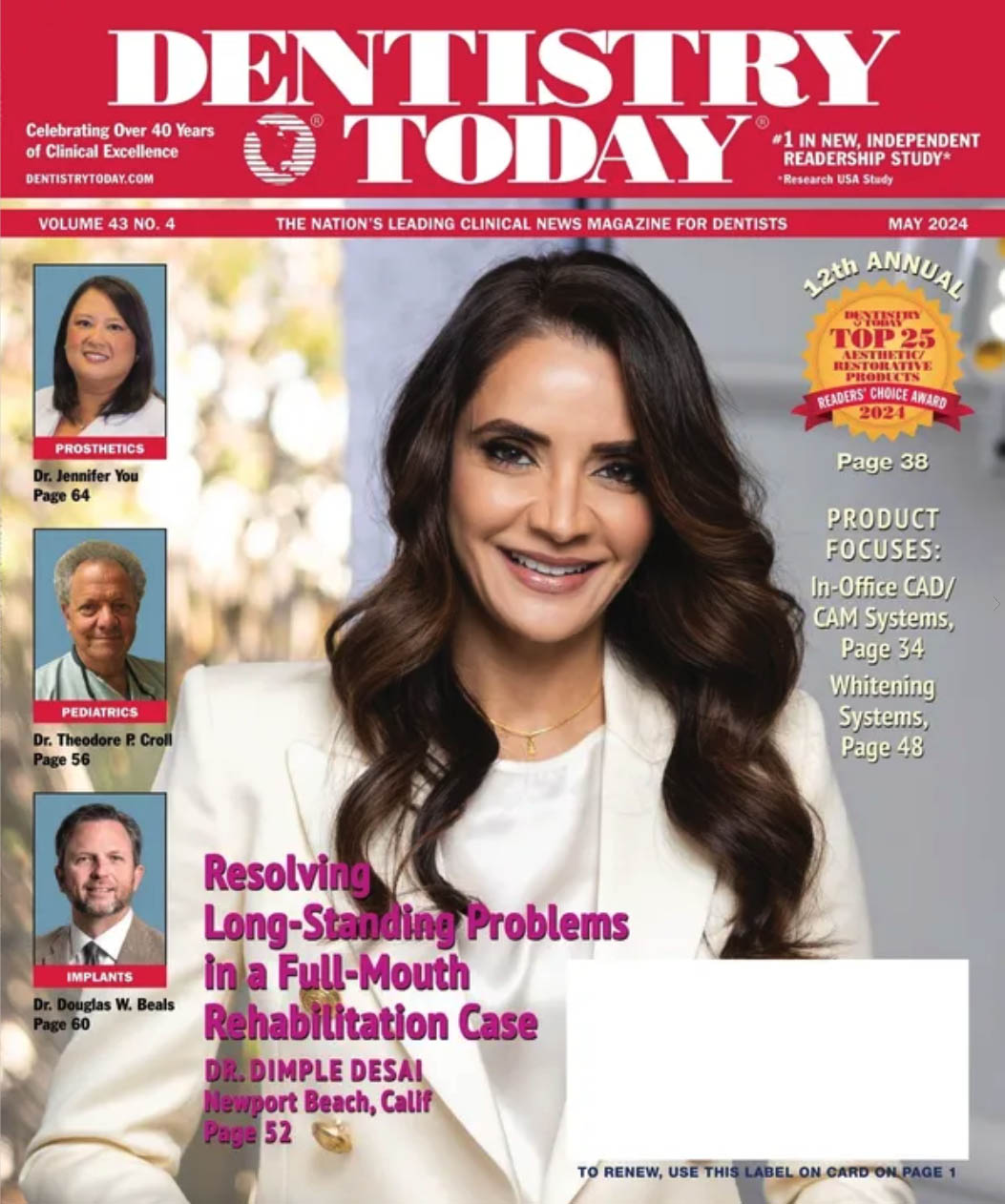Implants
A System for Definitive Restoration of Single-Stage Implants in One Day
The classic approach to placing osseointegrated implants in the edentulous mandible requires a period...
Management
Managing Money Flow to Safeguard Your Practice
I first met Dr. Don Lewis, an oral surgeon from Cleveland, Ohio, when he...
Management
Buying a Practice: The Bottom Line Method of Practice Valuation
I have been in practice for 36 years, for 32 of those years as...
New Directions
New Directions in Dentistry: A Dentistry Today Exclusive Interview with Dr. Gordon Christensen
In keeping with the theme of “New Directions” that traditionally has been an area...
Restorative
Essentials of Dentin Bonding: Clinical Technique for Long-term Success
Between 1988 and 1997, amalgam placement in the United States decreased by 32%, from...
Restorative
A Predictable Technique Utilizing a Contemporary “Packable” Direct Posterior Composite Material: A Recipe for Success
Direct posterior composites offer dentists the most simple and cost-effective manner in which to...
Aesthetics
Design and Management of the Worn Anterior Dentition: A Case Study With Porcelain Veneers and a Ceromer/Fiber-Reinforced Composite Framework
In today’s aesthetically oriented dental practice, a common motivator to seek aesthetic treatment is...
Aesthetics
Aesthetic Treatment of Devital Teeth: Rebuilding Strength and Shade From Within
The final aesthetic restorative outcome of anterior teeth can be significantly influenced by several...
Endodontics
The S.I.R. System: Separated Instrument Retrieval Using Various-Diameter, Dead-Soft Bonded Tubes
Despite the development of new and innovative instruments, techniques, and materials for cleaning, shaping,...
Hygiene
ReD Hot Hygiene, Part 3: D is for Dynamic
By now you should be well on your way to creating a ReD Hot...













